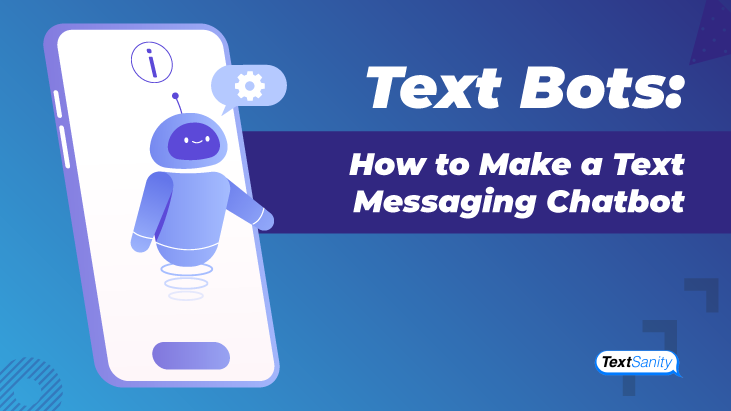Text Bots: How to Make a Text Messaging Chatbot
Chatbots are all over the internet now. When you go to a site, it’s almost inevitable that you’ll see one. You know what I’m talking about. They pop up after you’ve been on a site for a couple minutes asking if there’s anything they can help you with. However you may feel about them, chatbots allow businesses to communicate with customers or potential customers without having to employ a large workforce.
They allow small businesses to thrive. But online isn’t the only place where chatbots can benefit businesses. Text messaging chatbots are also helpful. They allow you to automate a sequence of questions and answers for potential and returning customers. This saves your business time and money.
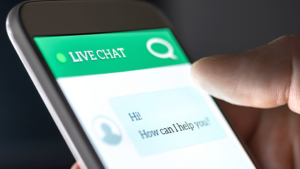
How to Make a Text Messaging Chatbot using Keyword Campaigns
Keyword campaigns, with TextSanity, are only a few steps away from becoming a chatbot. Now, there are two types of keyword campaigns. The first is a single message campaign and the second is a multiple messages campaign.
Single Message Keyword Campaigns
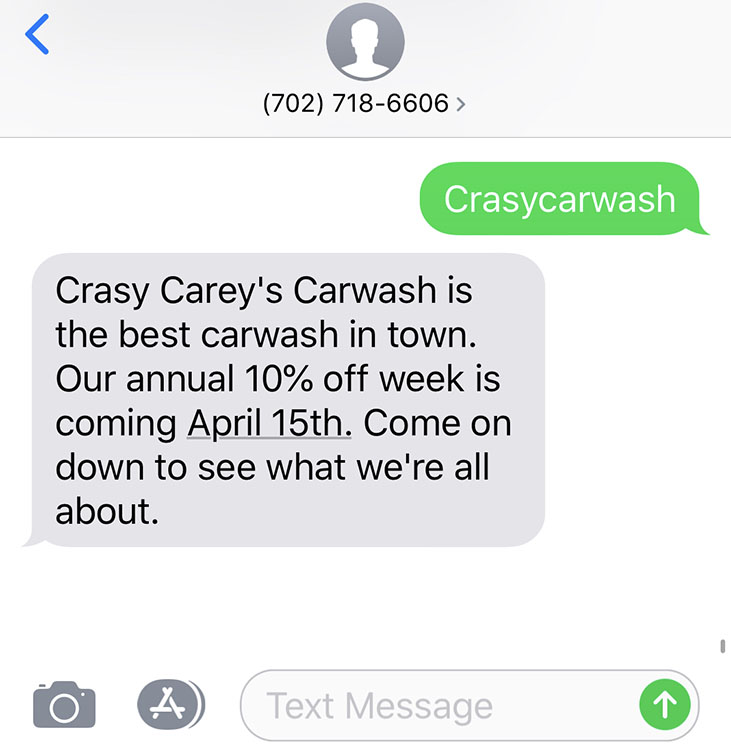
A single message keyword campaign is where someone texts a keyword to your TextSanity phone number and a single message is sent back. The message can be a link, a map, an image, text, or whatever you want. Single message keyword campaigns don’t opt people in to receive further messages from you.
Multiple Message Keyword Campaigns
Multiple message keyword campaigns begin with an opt-in. The opt-in basically asks a person if they consent to receive multiple messages from you. So, the person responds with either a yes, their email, or their name. Once that is complete, the message flow asks them a series of questions or gives a series of messages filled with information.

When you formulate the messages in a multiple messages campaign, most of the time they will be questions since you are expecting a response. There’s no limit to the amount of messages you can send. You could ask a hundred questions if you wanted.
The cool part is TextSanity takes the information gathered from responses and puts it into a database. The database is downloadable and is categorized for the particular keyword campaign, so you can organize your responses. This is good for surveys, job applications, or anything else you can think of.
Sequence Message Flow Development
Sequence message flow is in the works at TextSanity. This is what you typically think of when you think about a chatbot. It’s a mini-chat. These are popular on sites like Facebook. Intercom and Drift also use similar chatbot capabilities.
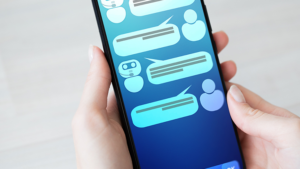
The chatbot has multiple choice questions where you select your answer and the chatbot responds to it. With text messaging chatbots, it’s similar. You ask a multiple choice question and depending on the response the chatbot takes a certain sequence. For example, if they chose A, it takes them to another multiple choice question, and based on their answer there, it takes them to another question and so on.
Sequence message flow is the answer for getting people to the right department in your company. It doesn’t matter if you’re a clothing store or a car dealer, whatever your company sells, you can automate a process where customers use a text messaging chatbot. The best part is you don’t need a special app. All of this will be possible through your TextSanity account.
Creating a Text Messaging Chatbot
Currently with TextSanity, you can create a text messaging chatbot by combining multiple message keyword campaigns and single message keyword campaigns. The chatbot starts with a multiple message campaign which opts-in the customer and then flows through a series of single message campaigns.
A Step-by-Step Example
Here’s how it works. You create an opt-in in a multiple message campaign, the person opts-in by responding either yes, their name, or their email. Then, the message flow sends a message that asks a question. Let’s say you are a clothing company. Your question would ask, “Are you interested in hats or shoes? Respond A for hats or B for shoes.”
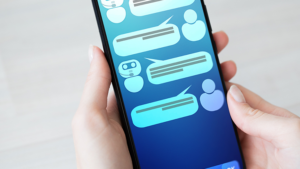
If they respond A, a single message keyword campaign set up for the keyword A responds. Thus, A triggers a single message campaign which asks the person another question and so on. However, because you’ve already used the keywords A and B, you have to use different keywords for the next question, such as C and D. All single message keyword campaigns must be unique.
C takes them to another single message campaign and so does D. It keeps going like this until you’re finished building your chatbot. TextSanity allows you to build as many single message keyword campaigns as you want.
Multiple Choice Versus Actual Words
You could also set responses to actual words. So in the example above, a person could choose to enter the word “hats” or the word “shoes”. But, this creates more work for the respondent. Multiple choice responses, rather than actual words, are easier to respond with. They are much faster to type than a word. So, the respondent moves through your chatbot quickly.

Use Tags to Organize Chatbot Responses
Another important thing to remember about campaigns is that each time they are triggered, since all keyword campaigns are separate, they add a tag to the respondents contact information. Tags are really important in TextSanity because it’s how you segregate your audience. From the tags, you set up drip campaigns or other messages for the contact.
In the previous example, if a person chooses “hats”, then they are tagged under hats. That information is important for re-targeting your customers. This is a sure way to give them relevant information later on down the line.

